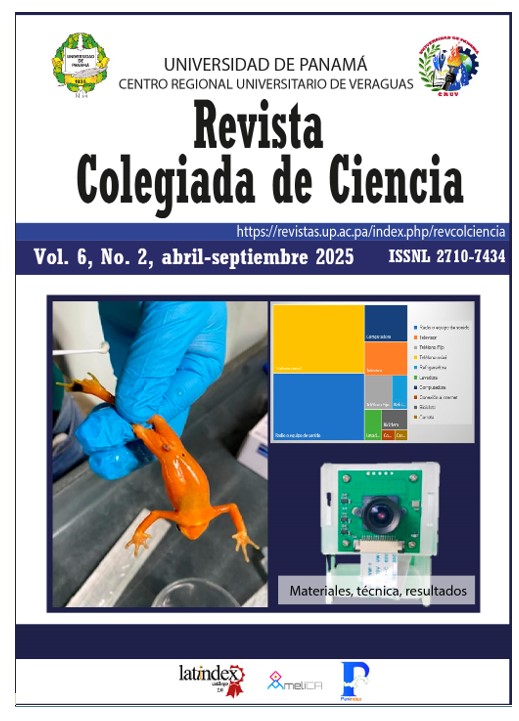

El objetivo de esta investigación fue identificar taxonómicamente la diversidad de hongos encontrados en anuros a través de hisopados dérmicos. El trabajo se realizó en el distrito de Antón, provincia de Coclé, Panamá. En primera instancia, se realizó el muestreo en áreas boscosas del valle de Antón. Para esto, se seleccionaron tres sitios de estudio: Monumento Natural Cerro Gaital (CG), Área boscosa del Hotel Campestre (HC) y Centro de Conservación de Anfibios del Valle Antón (CC). Mediante la técnica de hisopado de muestreo la parte ventral (extremidades anteriores y posteriores) del anuro, obteniendo un total de 150 muestras, las cuales fueron llevadas al Laboratorio de Microbiología del Centro Regional Universitario de Coclé. Las muestras se sembraron en Agar Papa Dextrosa con adición de Penicilina (0.1g/mL) y se incubaron a temperatura ambiente (28-32°C). Los morfotipos obtenidos se clasificaron siguiendo las claves de Moller et al., (1995). Los resultados indican que el porcentaje de especímenes capturados por las técnicas de muestreo en los dos sitios de vida libre (CG y HC) presentan una diferencia significativa (?2²= 7.76; p=0.02) con respecto al Centro de Conservación, siendo Dendrobatidae y Strabomantidae las familias más importantes. La prueba de T de Hutchinson aplicada a los morfotipos de los tres sitios indica diferencias en la diversidad de los sitios. CG (H´= 1.633 ± 0.010), CC (H´= 1.303 ± 0.009), siendo el primero el que presenta mayor diversidad (t= 2.28, g.l.= 178.35, p= 0.02). Se registró también diferencias en la diversidad de HC (H´= 1.663 ± 0.0154) y CC (H´= 1.303 ± 0.0086), donde HC presenta mayor diversidad (t= -2.01, g.l.= 83.36, p=0.04). No se encontró diferencias en la diversidad entre los sitios CG (t= 0.016, g.l.= 91.45, p=0.98). La especie Aspergillus flavus fue la única presente en los tres sitios.